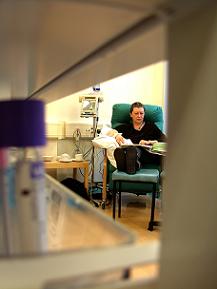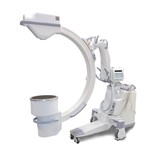A meagre two percent of the 284,000 Australians infected with hepatitis C receive treatment each year, exposing the country to substantial future health and economic costs, a new report into the disease shows.
The study, by the National Centre in HIV Epidemiology & Clinical Research (NCHECR) at the University of New South Wales (UNSW), found that the low uptake of treatment was at odds with hepatitis C's status as a curable disease whose treatment costs are largely covered by the Federal Government.
Since 2003, a highly effective combination treatment (cure rates of 50-80 percent) has been available, but only around 10 percent of those infected have been treated.
Increasing treatment rates would significantly reduce the number of Australians who require liver transplants and slash the number of liver-related deaths, the report found.
"If annual treatment rates are increased three- to fourfold, to about 12,000 people a year, the number of new cases of liver failure and liver cancer, liver transplants and liver-related deaths over the next 30 years would drop by about 20 percent," report co-author Dr Rosie Thein said.
This would translate into long-term savings of about $274 million over the same period, mostly in patient and family time costs associated with hepatitis C care, the study found.
"This research is significant and clearly shows we can no longer afford to stand still. Hepatitis C is already the leading cause of liver transplant in Australia, and the burden of disease will continue to grow and become more costly to address unless urgent action is taken to improve the current low treatment uptake," said Helen Tyrrell, CEO, Hepatitis Australia.
Despite having a cure at hand, access to appropriate hepatitis C treatment services remains limited for many people, Dr Thein said. "There appears to be considerable scope for expanding the treatment of hepatitis C and delivering substantial health and economic gains to individuals suffering from the effects of the virus in Australian settings," she said.
The report, Epidemiological and economic evaluation of hepatitis C treatment uptake in Australia 2010, is available from NCHECR's website http://www.nchecr.unsw.edu.au












